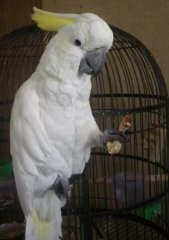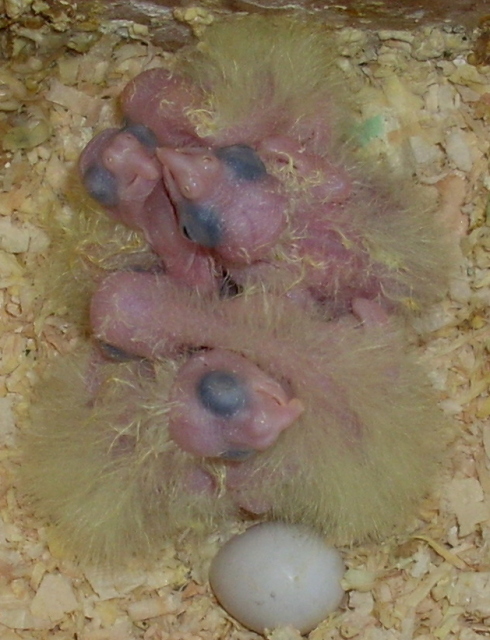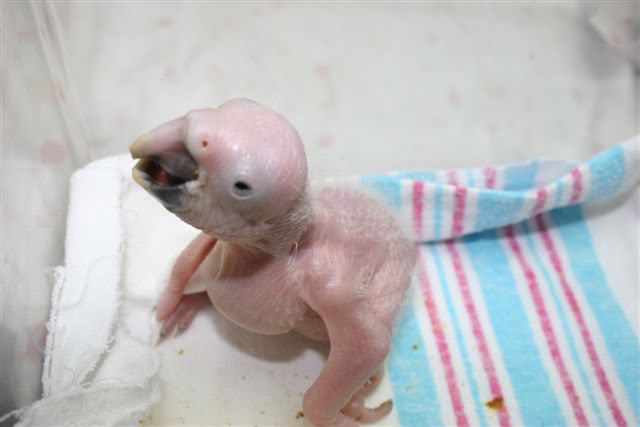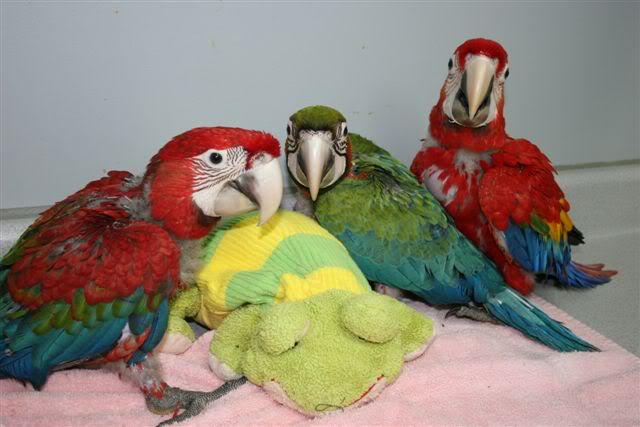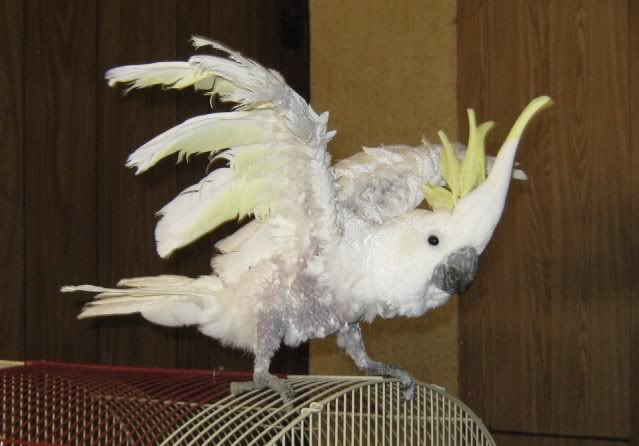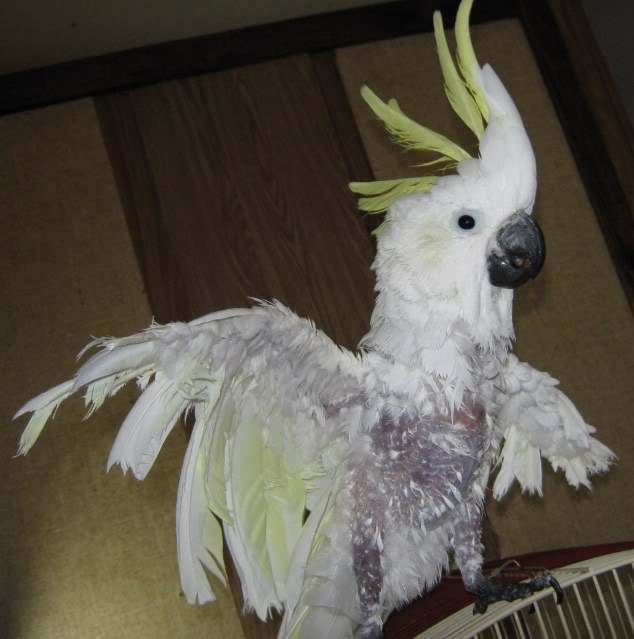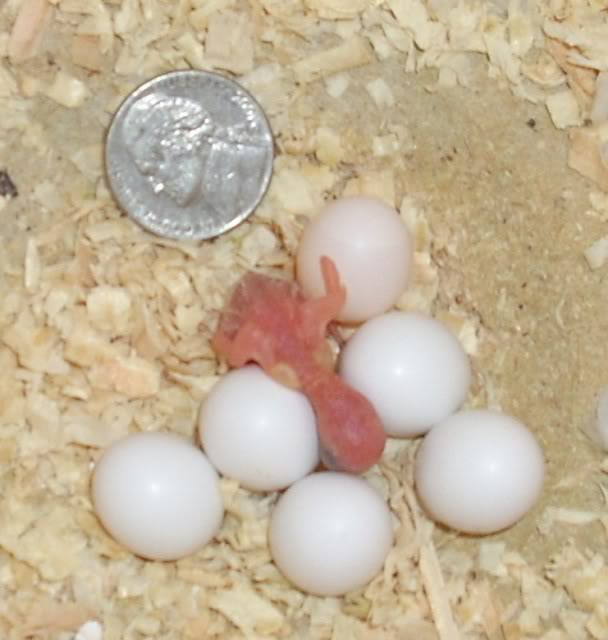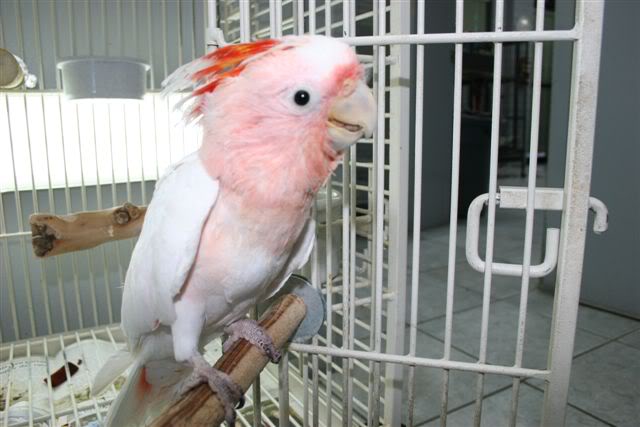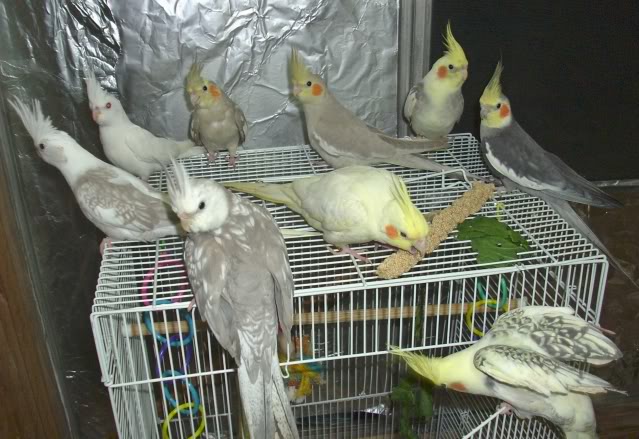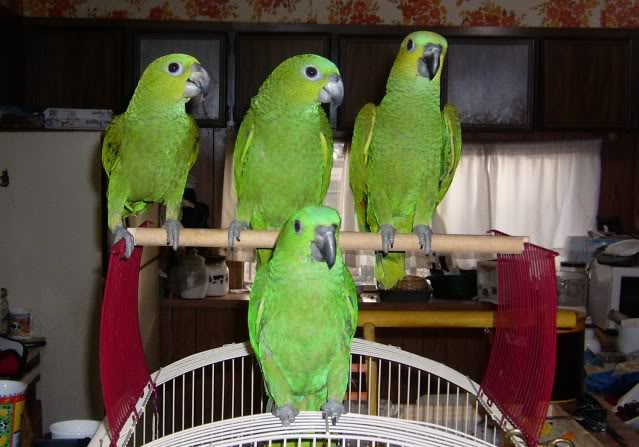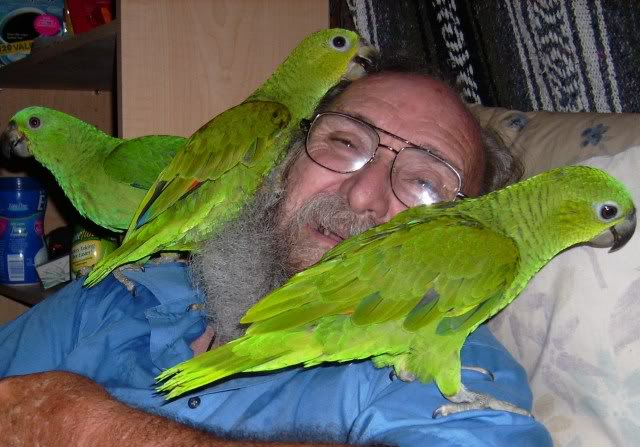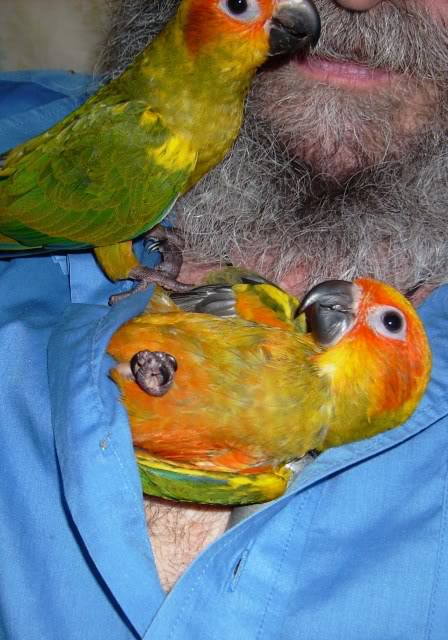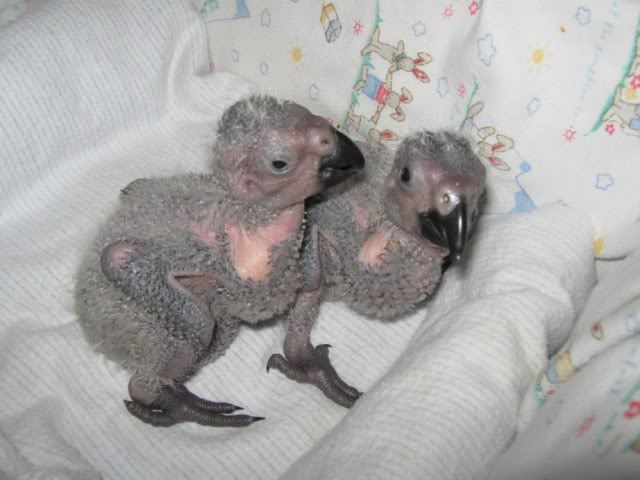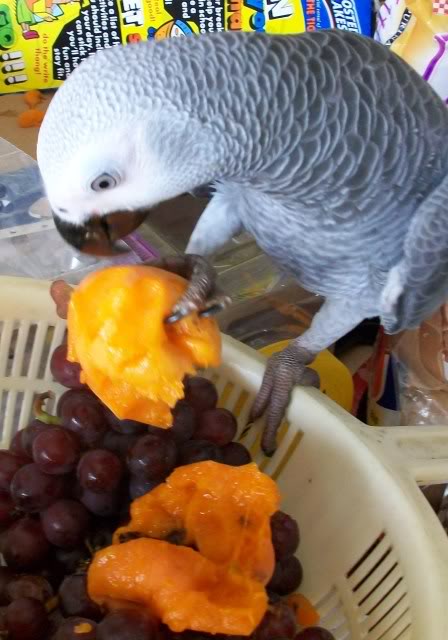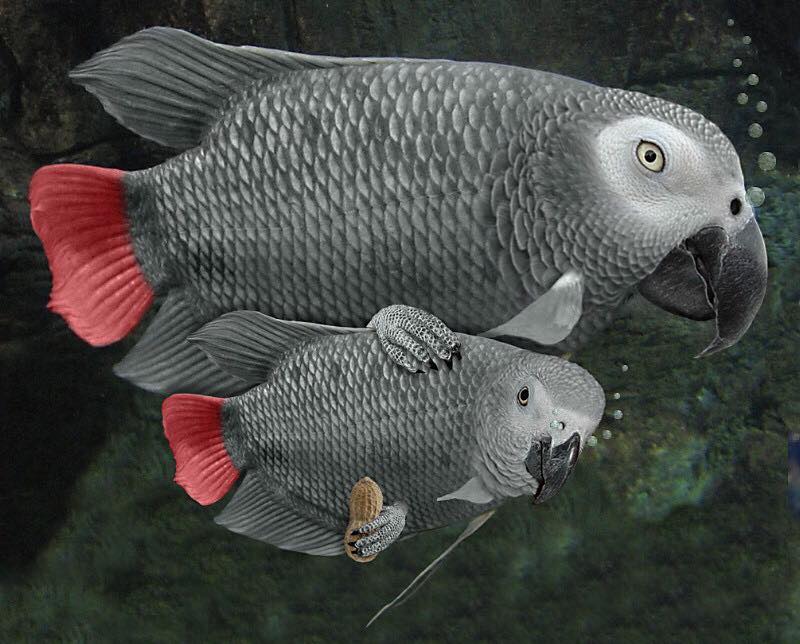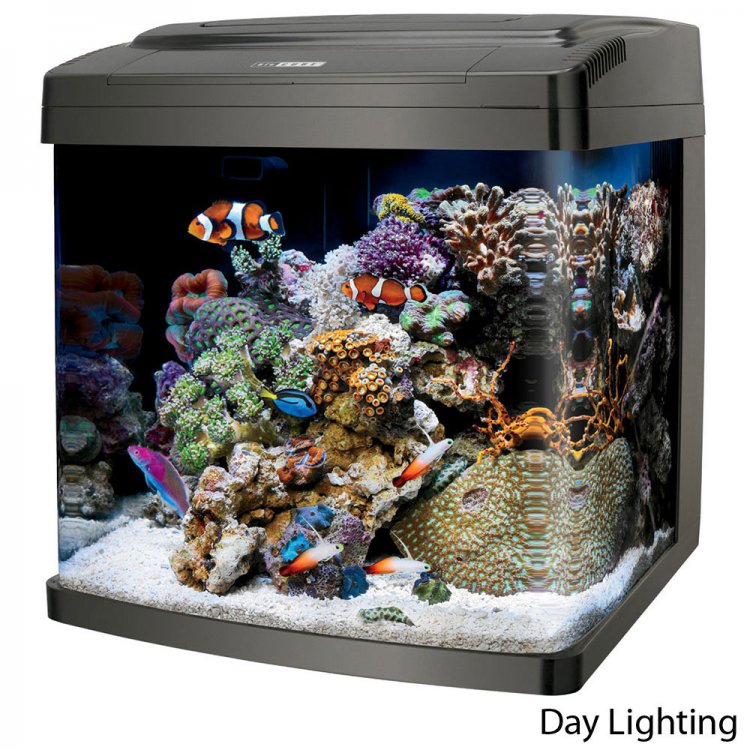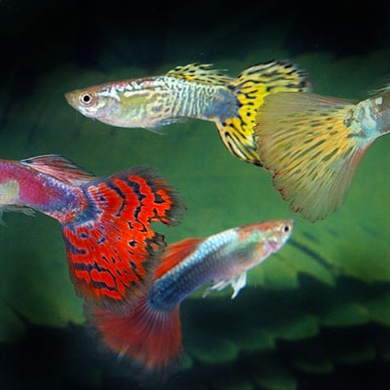NEW ADDRESS FOR MEMBERS GREYFORUMS.ORG
-
Posts
5,117 -
Joined
-
Last visited
-
Days Won
78
Content Type
Profiles
Forums
Events
Gallery
Everything posted by Jayd
-
Hi all, Going to be off-line for a few days, Thank you all...
-
-
-
- 2
-

-
Check this site out... Testing for Zinc in Parrot Toys, Play Gyms, and Cages by Ed Harris http://www.synnovation.com/zinctesting.html
- 6 replies
-
- 2
-

-
- zinc toxicity
- poisining
-
(and 1 more)
Tagged with:
-
Hi hopea2, some cages made in China (wrought-iron/powder coated) contains zinc. Thank you!
- 6 replies
-
- 2
-

-
- zinc toxicity
- poisining
-
(and 1 more)
Tagged with:
-
,
-
Greetings, Clipping would probably push her over the edge and would only make things more stressful for her. This young bird looks to you as her"Soul Mate" and her life partner, .Your past posts I've read are great. It may help to give her chamomile tea, Rome was not built in a day...nor the trust of an African Grey...
-
Back in 2010, I posted this, Nothing changes. I edited it and re-posted. We need to put a moratorium on breeding until our vast amount of sanctuary fids are adsorbed into society. Greed/money, Hallowed be thy name... Sanctity of Parrot Life. In the year 2000 the International Union for Conservation of Nature and Natural Resources and the World Parrot Trust published their “Action Plan.” Noting that “No other group of birds has been subjected to more exploitation, numerically and financially, than parrots,” the WPT called upon the millions of ordinary people who keep psittacines to “accept more responsibility for the survival of parrots in the wild and the welfare of existing captive parrots.” I’m one of the millions of ordinary people who live with a parrot, so I’m going to try to do my share. According to journalist Mira Tweti, author of "Parrots and People," there are between 40 and 60 million companion birds in the USA alone, perhaps half of them parrots. If just 1% of us bird "owners" began to lobby vigorously for the conservation and protection of parrots, we’d have an enormous influence. But we can’t do it alone. We also need the cooperation of the parrot industry—those who profit from parrots. They includes cage and accessory makers, food suppliers and distributors, pet stores, and of course breeders. On the conservation side of the equation, 28% of the 330 known parrot species are threatened with extinction. The parrots we love are decimated by the bird trade, destruction and fragmentation of native habitats, and hunting for food, feathers or for crop protection. Parrots did fine for many millions of years before they ran into people.Birds in general are perhaps the only living dinosaurs. They survived the extinction events that finished off other dinosaurs because they had the most powerful brains. That made them more adaptable, more capable of prospering in emerging ecological niches. European parrot fossils have been dated at 54 million years, although modern parrots may be “only” 20- 23 million years old. Parrots flourish in warm regions of South America, Africa and Australasia. They love the sun, the verdant tropical forest and the open sky. What got them in the most trouble with us? Their brains, their looks and the fact that we want their land.But conserving their habitat and outlawing their importation is only half the battle.We also have the vast responsibility to protect those many millions of parrots who live in captivity. Most of that job is educational. We need to teach our children that parrots are not commodities, not things. We need to acknowledge the sanctity of parrot life. As awareness increases, we’ll become better (and surely fewer) parrots. We won’t buy and sell parrots on a whim. We won’t release them to fend for themselves or kill them when we get bored with them. We will treat them with the respect we accord to people, to each other. They will join our “each other,” our community of consciousness and conscience.
-
- 3
-

-

-
,My sweet lady, I'm so sorry, I didn't Know. Each of us share our heart in a different way, some loudly, some close. How we grieve, we do to help ourselves to move on. Our friends and our comrades know our hearts...We don't always have to answer for those we know, know how we feel. Rev. Jayd
-
When I started posting again, I was afraid to ask about Dave...I knew in my heart, though. When I first joined this Greyt Forum, there was Talon, Dave, Dan, Judy, and Luvparrots and a group of the most wonderful people that was the foundation and held together this great forum. They worked in unison and you knew who you had to go to to get the answers to the questions you asked. We have a new set of members now carrying on. Then there was Dave...This man was a "parrot whisperer", not just Greys but all the parrots. I was a thorn in his side but I respected this man then and now more than anyone in the world and what some of you may not know. when I needed personal verbal help, he talked to me. I wish he was here now so I could tell him again what an impact he made in my life. If I may, I would like to say a prayer now: Lord, in your presence is a great man. His knowledge of your feathered children was always used to help them. He had wit and words that he used effectively to teach us. He reached out to all of us in one way or another and took care of his flock from birth to death. Please take care of this caring man, for he did care. I am sure he plays an important part across the "Rainbow Bridge". Amen. Reverend Jay Sheppard
-
In response to questions, I don't condone man-altered animals, fish, birds etc. Fyi: Tropical fish live on a circadian clycle, they have a day and a night.
-
Thank you. This tank is a cube tank topless with a back filter, no heater, it has Guppy's or Platys in it..The tank pictured is "High Maintenance", the only biological or mechanical filtration is a small unit in the back. If one isn't a experienced fish feeder it will be a mess of algae and waste. I'll list some "All in one tank's" good ones. The smaller the tank the harder it is t keep, Go no smaller then a 20 gallion. I've shopped with all these shops. QUESTIONS? https://www.livefishdirect.com/ http://www.thatpetplace.com/aquarium-livestock/freshwater-fish#!freshwater-fish https://www.somethingsphishy.com/angelfish-for-sale-c-73.html http://www.fishtanksdirect.com/complete-all-in-one-packages.aspx https://www.petsmart.com/fish/tanks-aquariums-and-nets/aquarium-stands/?utm_source=bing&utm_medium=cp https://www.petsolutions.com/C/Nano-Reef-Aquariums/I/Coralife-Oceanic-BioCube.aspx https://www.petsolutions.com/C/Aquarium-Systems+SAll.aspx http://www.liveaquaria.com/product/aquarium-fish-supplies.cfm?c=830 saltwater fish.
-
Thanks, I have a saltwater Reef tank, a Tanganyika African Shell dweller tank, and my fresh air tank. The only high maintenance tank is the Reef. No offense, I don't condone Glo-fish. A nice tank, easy maintenance tank is a all MALE show guppy, no heater, small filter, water condition minimal, easy to a care-fore, you can decorate and put live Anacharis, Min 20 gal. I'm more than happy to answer and support all,
-
Thank you, any questions, just ask...
-
I did a post in Off-Topic Discussions about aquariums
-
Fids and Fish... I'm going to try and answer SR's question and respond to Talon's and others concern about fish tanks. All aquariums require care, some more then others. Different fish require different water temps and different water conditions. If some one would like to set-up a salt water or fresh water tank I'd be glad to help. The tanks I spoke of are almost maintenance free except feeding the fish, adding water and keeping the glass clean...As an added benefit, it is going to have the looks and fish that your friends are not used to with a big plus by adding oxygen and moisture for you and your fids, while removing toxins. To start with, the larger the tank, the easier it is to maintain. A 29-30 gallon tank has a small footprint but a large amount of surface volume to release oxygen. Let's set up a tank... Tank should be approximately 6" from the wall...I recommend a 20lb bag of CaribSea Eco-Complete Planted Aquarium Substrate and some inert rocks (lava, river rock, no coral or limestone). You will not use very much rocks because this is a plant tank. A small piece of driftwood and if you must, a safe decoration from the fish store would round out your decorations. RO water is used from any water station that sells it. This is a low PH setup. Your soil, water, and plants will maintain this. We want a temperature of 65-85, and a PH of 6.2-8.0 or if you get a different type plant, you will follow that temp and PH requirement. Filtration is provided by a simple cheap sponge and air pump filter. I use Bio Sponge Filter and Tetra 20-40gal air pump with airline. Mechanical filtration is taken care of by the soil and plants. Lighting: LED Daylight Plant light which, if you're handy, you can make yourself or you can purchase at E Bay or Amazon. (Beamswork 6500K Aquarium Light which will fit your tank). You will need a small heater ( at least a 100 watt) depending on your median room temperature. If you can keep your water temp above 65 degrees, you won't need a heater. You will need a PH test kit and a thermometer Creatures: Here is the fun part....how about some beautiful Red Cherry freshwater shrimp 1-1/2" long, 6 to 8 Rasbora Hets or Embers or Neon Tetras, Malaysian Trumpet Snails, and 1 Corydoroas Catfish. Plants: If you want to have a self-maintaining tank, you will not want exotic plants. What I use and is a safe bet and I have done nothing for over a year besides adding water and cleaning the front of the tank, is Java Moss, Anubias Nana "Petite", and Anubias Barteri Nana. This set-up provides a lot of fresh oxygen and moisture to your room while reducing CO2 and toxins. Add a couple of Aloe Vera Plants and you can bottle and sell the freshness...LOL...This is good for humans and pets alike. I will do another post here in a few days with links so you can get more information.
-
BEAUTIFUL!!! I love the sepia.
-
-Greetings, Greys really enjoy the cold. They love 70-72 degrees (close to their natural habitat). So, we keep our temp 70-72 year round. We also, instead of humidifiers, have three fresh water fish tanks. (two 30s and a 10 gal...whew-hoo). The two 30 gal have live plants planted thick (java ferns and Anubis plants) which produces abundant oxygen not only to the fish tanks but to the room also while absorbing CO2. They each require topping up a gallon + each daily. This produces a room temp quantity of moisture (humidified) air. As a side benefit, Joe and Salsa not only sit and gaze at the fish, but bathes and occasionally takes sips . My choice would be a neutral heat humidifier and two Aloe-Vera juice baths a week. I'll do a post on the fish tanks in Off-Topic Discussions "Wet Health for your FIDS"
-
Red Palm oil, supplements? Do my fid's really need Red Palm oil, and supplements? Whats the pluses and minuses? COST? Vets often neglect to mention Red Palm oils downside: LDL cholesterol raising, artery clogging, heart disease instigating saturated fats by the truckload. (Heart disease in parrots has shown a sharp increase over recent years.) We really need to learn about proper diet. Red palm oil IS loaded with beta carotene's, which convert to vitamin A in the body. But so are carrots, winter squashes, peppers, dark leafy greens, apricots, mangoes… If your bird is deficient in vitamin A, doesn’t it make more sense to improve the diet than to use a supplement, especially one with such an unhealthy downside? Vets will often recommend red palm oil to clients with plucking birds claiming that it will help to stop or reduce this behavior. It is true that vitamin A improves feather and skin condition, and red palm oil has plenty of that. Dry itchy skin is sometimes the cause of plucking. However, most of the “evidence” that red palm oil is responsible for eliminating plucking is purely anecdotal. For instance, the person who brings home the plucked macaw from a rescue and starts him on red palm oil – when the plucking stops, the credit is given the red palm oil, not the improved diet and the more suitable environment. There is no conclusive evidence that red palm oil fixes plucking. Plucking issues are more successfully treated with medical investigation, change to the environment and improved diet and social interaction (which includes training). Your vet should only have YOUR bird’s best interests at heart and products should be recommended only as they are needed. I think you would agree that the money you budget for your parrot’s needs each month is better spent on a foraging toy than on an unnecessary, and potentially dangerous, dietary supplement. If your bird is already in fine feather and on a good diet, please ask your vet this: “why does MY bird need red palm oil?” If it is suggested for valid medical or dietary reasons, ask your vet how to make adjustments to your bird’s diet to account for the increased fat.
-
- 1
-

-
Your right...Rev Jayd
-
In the parrot species there are No " Alpha males" ...Please take heed to the advice the others have given, Many of them also raise dogs. I just lost a bird from some one pulling feathers, please read my Forums post, Pet Memorials Pistachio Fly's "Over the rainbow" [No more pain.]
-
Greetings, All great advice. STEP-up, step-up, you might want to place as number one. If your baby flys, you might want to set-up poop stations. Make it fun, set-up feeding stations and feeding times and don't forget, NO and YES, train them the difference! Even if their wings are clipped, you must teach them how to land. When he starts flapping or trying to fly, hold him at chest level spread pads/pillows 10 to 15 feet in front of you. When you're all done, leave the room and yell, pull out hair or scream. Remember, you're learning too, Patience... # Like Ray said "SOCIALIZE"



